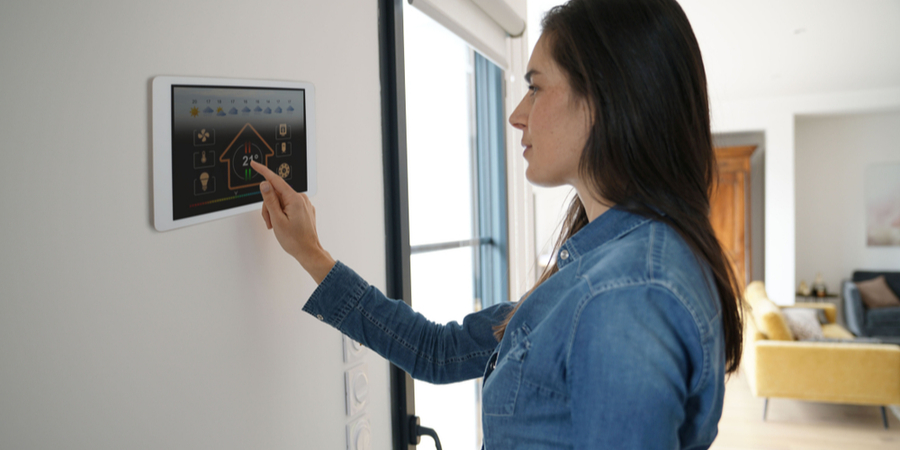Tips on How to Increase the Security of Your Smart Home
Smart homes in San Francisco are becoming more and more popular among homeowners because of the many benefits as well as the convenience that they offer. However, there is also the issue of vulnerability that has to be addressed when implementing smart home devices.
So, before you use smart home devices, you should learn how they can make your home more efficient while learning how to secure all the connected devices in the home, so they aren't as vulnerable to hackers and other cybercriminals.
Vulnerabilities of Smart Homes
Cybercriminals have been hacking into smart home devices. IoT (internet of things) devices are a new entry point for criminals to gain access to the home. They can access data on a smart thermostat and see when you are away from home, or they can hack into your network through an IoT device to launch a ransomware attack.
Some hackers have even accessed information through digital assistants in San Francisco homes like Amazon Echo and Google Home. So, if you share financial information or passwords at any time, they may have access to that information.
Accessing Smart Devices
According to a survey conducted in 2017 by Symantec, at times of peak activity, IoT devices were being attacked every two minutes. Cybercriminals can access your home network through the router and then harness the power of all of your connected IoT devices.
For example, in 2018, VPNFilter malware infected over half of a million routers in more than 50 countries worldwide. The malicious malware was able to install itself onto devices and all systems connected to the router. Ultimately, this made the routers inoperable as they collected information and blocked network traffic.
Building a More Secure Smart Home
So, what can you do to secure your smart home and avoid malicious attacks?
- Name the Router. Never stick with the name given by the manufacturer. Instead, give it an unusual name that is not associated with any personal identifiers.
- Password Encryption. Use an encryption method in your router settings when you set up Wi-Fi. This helps keep your network and all of your connections safe and secure.
- Guest Networks. Always keep your Wi-Fi account private. When you have friends and family over, set up a guest network, they can use that doesn't tie into any of your IoT devices.
- Change Passwords and Usernames. Default passwords are well known, so always change the defaults set on your devices. If the device you have doesn't allow you to change the default password, then it is time to think about purchasing a different device.
- Check the Settings. Many IoT devices come with default privacy and security settings. You want to consider changing these settings to better secure your devices.
- Update Software. Keep all your software up to date on all devices. Don't put off installing these updates either because it could patch a known security flaw. You should also audit all of your devices and see if it is time for an upgrade.
If you need more information on these tips to keep your smart home devices safe and secure, contact security experts near you in San Francisco, CA today.

